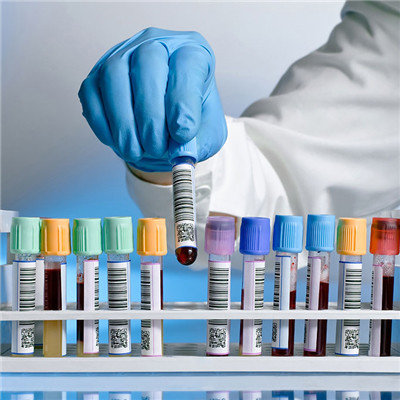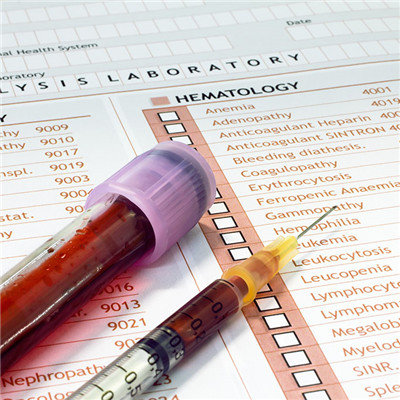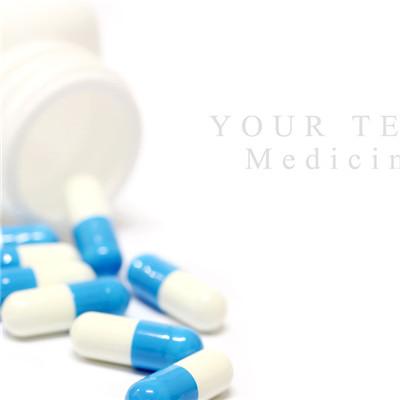Symptoms of acute lymphoblastic leukemia
summary
Acute leukemia is a malignant transformation of one or more kinds of hematopoietic stem cells and progenitor cells, which lose the ability of normal proliferation, differentiation and maturation. They proliferate continuously without control, gradually replace bone marrow and invade the whole body tissues and organs through blood. It is a malignant tumor of hematopoietic tissue, commonly known as blood cancer. The symptom of leukaemia of acute drench scar? Let's talk about it
Symptoms of acute lymphoblastic leukemia
1. Fever is one of the most common symptoms of leukemia. According to statistics, 66% of leukemia patients' fever is related to infection, especially those whose body temperature is between 39 ℃ and 41 ℃. Due to the accumulation of tumor cells in the bone marrow, the normal hematopoietic function is inhibited, neutropenia or even lack of neutrophils appear in patients, coupled with the decline of autoimmune function, it is very easy to have a variety of infections, and the infection sites are pharynx, upper respiratory tract, lung, intestinal tract and urinary tract. Some patients may have sepsis without local symptoms. The common pathogens are Staphylococcus aureus, Pseudomonas aeruginosa, pneumonia, Escherichia coli, faecalis and so on. Chemotherapy, prednisone (prednisone) and broad-spectrum antibiotics make patients susceptible to fungal infection, common for Candida albicans, Aspergillus and Mucor. It mainly invades the respiratory system, and is easy to cause virus infection and tuberculosis infection in the late stage of the disease. If the body temperature is only about 38 ℃, we should consider the patient's own tumor fever.

2. Bleeding most cases have different degrees of bleeding symptoms, the parts can be all over the body, with gingival bleeding, epistaxis, skin ecchymosis or ecchymosis and female menorrhagia as common symptoms. Retinal hemorrhage can cause vision loss or blindness, intracranial hemorrhage can cause headache, nausea, vomiting, pupil size, even coma and death. The causes of hemorrhage include the decrease of platelet count, platelet dysfunction, the decrease of plasma coagulation factors and the infiltration of tumor cells into capillary wall.

3. There are different degrees of anemia at the beginning of anemia. Generally, Hb decreased to below 110g / L, and red blood cells also decreased in proportion. Anemia is mostly positive cytochrome. Anemia often aggravates with the progress of the disease, such as dizziness, headache, palpitation, tinnitus, chest tightness, hearing loss and vision loss. There are many reasons for anemia. The proliferation of normal red blood cells is replaced by the proliferation of leukemia cells or inhibited by the dominant growth of leukemia cells. In addition, ineffective hematopoiesis, shortened life span of red blood cells, and multiple bleeding in different degrees are also the causes of anemia.

matters needing attention
Daily life should be regular, avoid cold and heat, work and rest, flirt, avoid anger, keep a good mood, make the body in a good state“ The healthy qi is in the interior, but the evil can not be done. In addition, workers exposed to ionizing radiation and toxic chemicals (benzene and its derivatives) should strengthen protective measures and conduct regular physical examination. It is forbidden to take drugs that have damage to bone marrow cells, such as chloramphenicol, ethylenediamine, etc.















